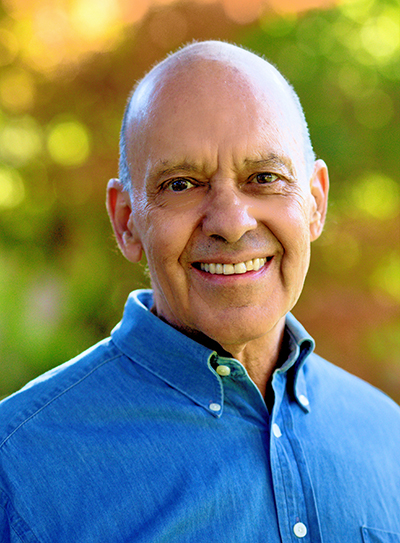
Marcel Hernandez, N.D.

After being diagnosed with stage 4 (metastasized) colon cancer, 79-year-old Wendell came for a consultation, accompanied by his son.
Wendell’s oncologist had suggested he start chemotherapy as soon as possible – a standard recommendation.
Since his diagnosis, Wendell had lost 30 pounds and had low energy, so his son Luke did most of the talking.
The oncologist had told him the cancer had spread to various parts of his spine and liver, and that he had six months to live, more or less. Chemotherapy might gain him an additional six to 12 months, perhaps a bit longer, depending on his response to the chemo. The chemotherapeutic agent the oncologist wanted to use was Folfox, a three-drug formula that includes oxaliplatin, an extremely strong chemotherapeutic.
The side effects of the proposed chemo protocol would include the following impressive list:
Black, tarry stools, bleeding, blistering, burning, coldness, discoloration of the skin, feelings of pressure, hives, infection, inflammation, itching, lumps, numbness, pain, rash, redness, scarring, soreness, stinging, swelling, tenderness, tingling, ulceration, or warmth at the injection site, bleeding gums, blistering, peeling, redness, or swelling of the palms of the hands or bottoms of the feet, blood in the urine or stools, difficulty performing daily activities such as writing, buttoning, swallowing, or walking, difficulty with articulating words, difficulty with breathing, difficulty with swallowing, dizziness, dry mouth, fainting, increase in heart rate, muscle pain or stiffness, pain in the joints, unsteadiness or awkwardness, unusual bleeding or bruising, unusual tiredness or weakness, vision changes, severe peripheral neuropathy, anemia, nausea, diarrhea, vomiting, loss of appetite, hair loss, blood clots and more.
Wendell and Luke were quite understandably astounded by the number and severity of the side-effects, and they wanted my opinion.
I told them what I’ve said to many cancer patients in similar circumstances: deciding whether to receive chemo is a profoundly personal process. In my experience, the most helpful and effective approach requires going within and resting in the place of peace where a wise higher consciousness exists.
For Wendell, the primary issue was the physical and emotional price he would be willing to pay to remain in his body. The factors complicating the decision included that he might be too sick to enjoy the extra time chemo would buy him. Or he might find the inner resources to relish each moment of his remaining life, even while suffering greatly.
Also important to consider, in terms of quality of life, would be the amount of time Wendell would have to spend in medical institutions receiving treatments, blood tests, scans, and consultations.
 Many patients in Wendell’s condition will face great pressure from family members to follow the conventional route, even if they know the person will suffer greatly from the side-effects. They cling to the slim hope of a miracle, and that conventional treatment will make it all go away. But in most cases, of course, it doesn’t happen.
Many patients in Wendell’s condition will face great pressure from family members to follow the conventional route, even if they know the person will suffer greatly from the side-effects. They cling to the slim hope of a miracle, and that conventional treatment will make it all go away. But in most cases, of course, it doesn’t happen.
I see my role as helping patients like Wendell recognize that the path they choose will involve a process, and to help them achieve peace with whatever they decide to do.
In the meantime, it is my experience that naturopathic adjunctive cancer care offers safe, effective therapies that may surpass those of conventional chemotherapy, and that they may help people stay in their bodies with a high quality of life for extended periods of time.
For information about the services we offer, we invite you to get in touch in any of the following convenient ways: (1) give us a call at 650-961-1660, (2) use the Contact Form, or (3) follow the link to Consultations – Pacific Naturopathic. Thank you!
